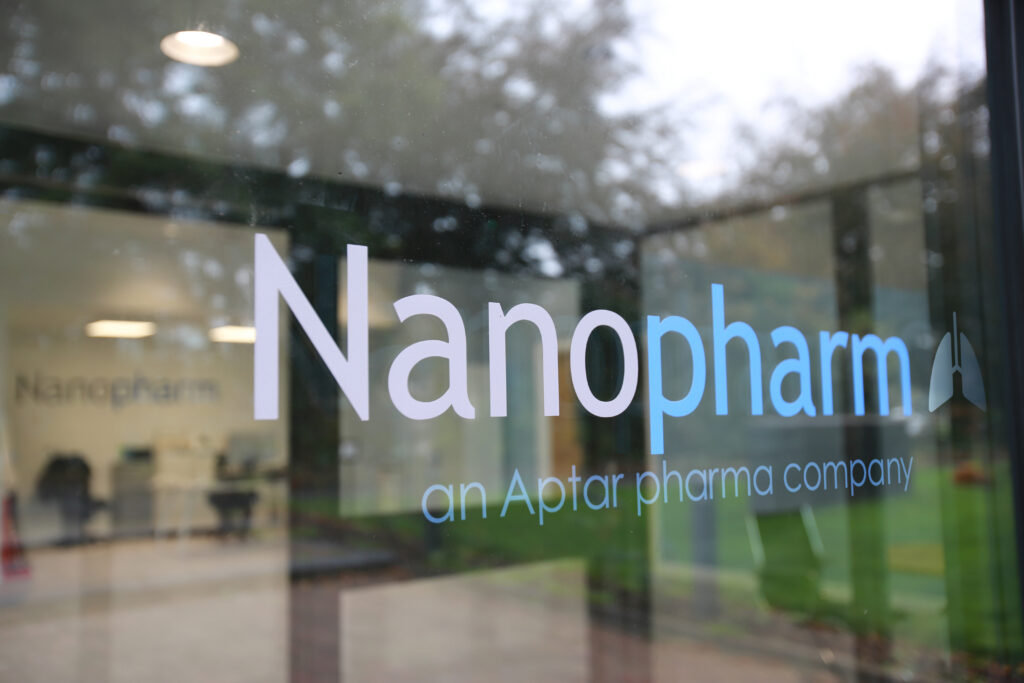On September 30th 2025, the U.S. Food & Drug Administration (FDA) unveiled the science and research initiatives it will be prioritising to support the accelerated development of generic drug products in the 2026 fiscal year.
The priorities are set out as part of the current Generic Drug User Fee Amendments (GDUFA III), which was originally enacted as an interface for facilitating patient access to “safe, high-quality, and affordable generic drugs”.1 Reflecting the collaborative nature of the program, the priorities were determined partly by the issues raised at a public workshop held by the FDA on the 3rd and 4th of June. The underlying intention is for the regulator, the industry and the wider public to reach consensus on the areas that are key to advancing patient access to generic drug products.
On the surface at least, the GDUFA Science and Research Priority Initiatives for Fiscal Year 2026 do not appear to deviate far from the priorities set out a year previously. In terms of structure, for example, the same eight areas of focus are grouped under the same headings, perhaps pointing more to evolution than revolution.2
The documents do, however, contain subtle but significant differences. These can be seen in regard to orally inhaled and nasal drug products (OINDPs), and specifically in the detail of point A in priority area 4 (Enhance the Efficiency of BE Approaches for Complex Routes of Delivery).
The year-on-year differences are shown in bold below:
2025: Implementing characterization-based (in vitro) methods, potentially together with in vivo PK and modeling methods, as alternatives to the use of comparative clinical endpoint BE studies for nasal and inhaled drug products.
2026: Implementing characterization-based (in vitro) methods, potentially together with improved in vivo PK study designs and modeling methods, as alternatives to the use of comparative clinical endpoint BE studies and for understanding the formulation and device design space for nasal and inhaled drug products.
As it did in 2025, the agency affirms the use of methods such as deposition analysis and physiologically based pharmacokinetic (PBPK) modelling as part of an effective alternative approach can, where appropriate and supported by product-specific guidance and evidence, serve as alternatives to costly comparative clinical endpoint studies for demonstrating bioequivalence.
The FDA has, however, expanded the conversation around modelling with the addition of further qualifying comments. Specifically, it highlights the technology as a vehicle for enhancing both the formulation and device-design space, improving the design and efficiency of PK studies.
This subtle shift speaks to a clear strengthening of the FDA’s position on the use of modelling and simulation in inhaled drug delivery and respiratory research. Having endorsed its value as a substitute for clinical endpoint studies, the agency’s FY2026 priorities emphasize extending its reach further upstream in the development of generic drug products, bringing the benefits of efficiency and speed earlier in the cycle.
At Nanopharm, this welcome development is seen as a logical next step in the ever-deeper integration of modelling and simulation within the development of generic OINDPs. Our proprietary in-vitro in-silico modelling platform, SmartTrack™, was developed thought substantive interactions with the FDA, and has continued to break important ground through a deep understanding of the agency’s evolving requirements in the area of alternative bioequivalence. For more information on our portfolio of services please click here
As the FY2026 GDUFA Science and Research Priorities have shown, the FDA continues to encourage momentum for the application of modelling and simulation. With Nanopharm and SmartTrack™, generics companies are well-positioned they are not only on the right path today but that they remain aligned to the direction of travel shaping tomorrow.
Scientific interactions with FDA do not imply agency endorsement. This material is for general information only and does not constitute regulatory advice; views are those of Nanopharm. Information reflects FDA publications as of September – October 2025 and may evolve. SmartTrack™ is a trademark of AptarGroup, Inc.
1. https://www.fda.gov/industry/fda-user-fee-programs/generic-drug-user-fee-amendments
2. https://www.fda.gov/drugs/generic-drugs/generic-drug-research-priorities-projects


